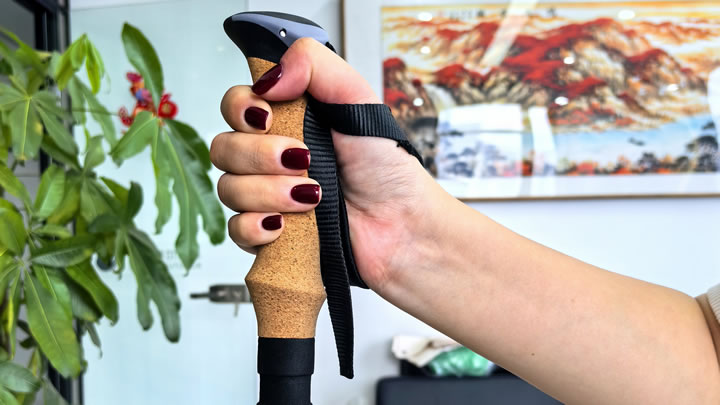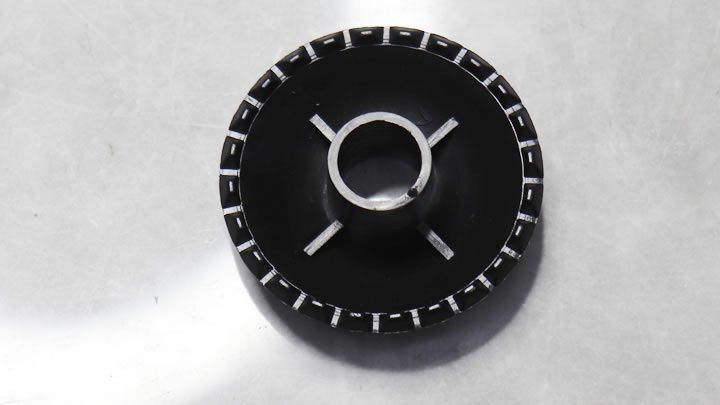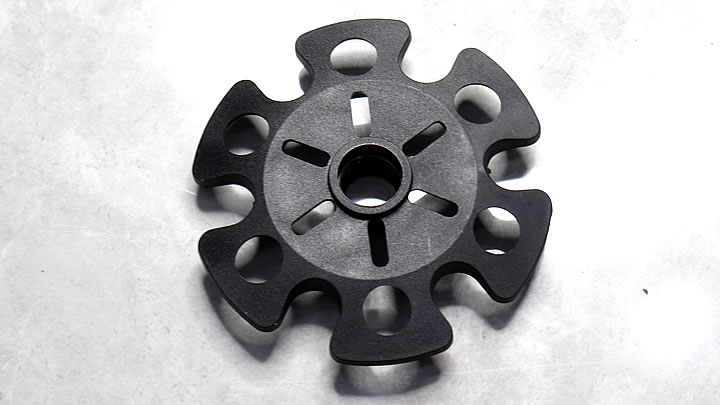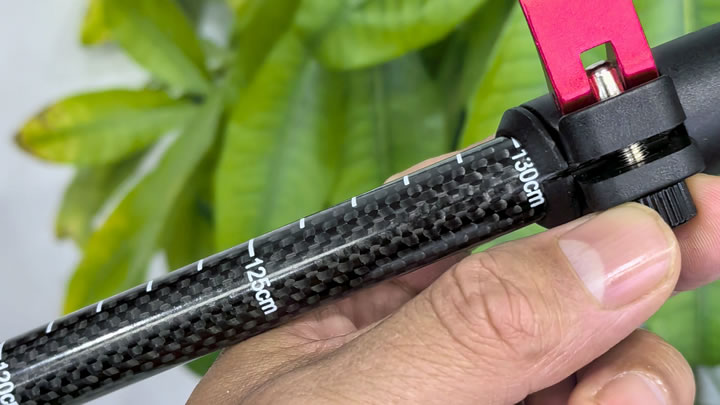Are aluminum carabiners better than steel for climbing?
The aluminum vs. steel carabiner debate divides climbers into weight-obsessed minimalists and durability-focused traditionalists. While both materials save lives, their strengths and weaknesses cater to radically different climbing styles. Let’s cut through the hype with metallurgical facts, real-world testing, and scenarios where each metal shines—or fails.
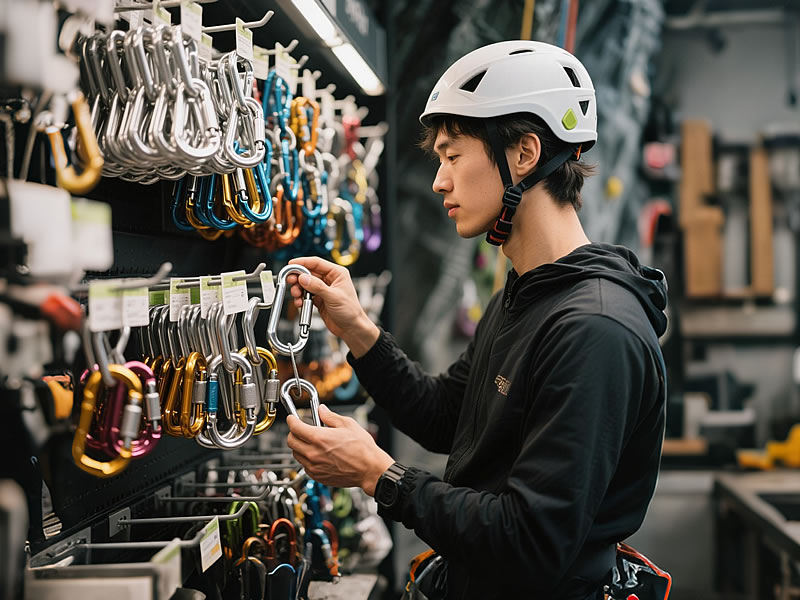
Material Science Breakdown
Aluminum Carabiners (7075-T6/6061-T6)
- Weight: 30-50g (50-70% lighter than steel).
- Strength: 20-28 kN major axis, 7-10 kN minor axis.
- Corrosion: Prone to pitting in saltwater/acid rain.
- Cost: 15-15−30 (budget to premium).
Steel Carabiners (Stainless 304/316)
- Weight: 80-120g (2-3x heavier than aluminum).
- Strength: 25-35 kN major axis, 10-12 kN minor axis.
- Corrosion: Rust-resistant except in extreme conditions.
- Cost: 25-25−60 (via ferrata/rescue models).
Head-to-Head Performance
| Criteria | Aluminum | Steel |
|---|---|---|
| Sport Climbing | Ideal (lightweight) | Overkill (heavy) |
| Ice Climbing | Risky (freezes easily) | Reliable (anti-ice) |
| Traditional Anchors | Good (short-term) | Superior (long-term) |
| Coastal Environments | Poor (corrodes) | Excellent (rust-proof) |
| Big Wall Expeditions | Mixed (weight vs. wear) | Preferred (durability) |
When Aluminum Wins
- Sport Climbing: Shedding grams matters on overhangs. A 12-quickdraw rack with steel adds 1kg+ versus aluminum.
- Alpine Missions: Ultralight kits (e.g., Petzl Spirit) save energy on multi-day climbs.
- Gym Use: Low corrosion risk and frequent replacement favor cheap aluminum.
Top Aluminum Models:
- Black Diamond HotWire (24 kN, 48g).
- DMM Phantom (24 kN, 52g).
- Edelrid Bulletproof (22 kN, 45g).
When Steel Dominates
- Via Ferrata: CE EN 958 requires ≥25 kN strength—steel handles repeated cable abrasion.
- Rescue Operations: High kN ratings (30+) and fire resistance.
- Sea Cliffs/Saltwater: Stainless steel (e.g., Kong Ovoid) outlasts aluminum 5:1.
Top Steel Models:
- Petzl Am’D (30 kN, 89g).
- Edelrid Strike SL (32 kN, 101g).
- Kong Steel Ovoid (28 kN, 95g).
The Corrosion Trap: Aluminum’s Hidden Weakness
Aluminum carabiners degrade insidiously:
- Galvanic Corrosion: Saltwater creates electrolytic reactions, eating through anodizing.
- Stress Corrosion Cracking (SCC): Chemical exposure (e.g., urine, chalk) causes internal fractures.
- UV Damage: Prolonged sun exposure weakens alloys by 10-15% over 5 years.
Lab Data: A coastal-used aluminum carabiner lost 40% strength in 2 years, while steel showed 0% loss (DMM Salt Spray Test).
Weight vs. Durability: The Math
- Aluminum: Lasts 3-5 years with moderate use.
- Steel: Lasts 10-15 years, but adds 500g to a 10-carabiner rack.
Cost Per Year:
- Aluminum: 30 / 4 years =30/4years=7.50/year.
- Steel: 50 / 12 years =50/12years=4.16/year.
Steel is cheaper long-term but demands tolerance for weight.
Expert Opinions
“I use aluminum for redpoint attempts and steel for anchors. It’s not either/or—it’s about matching metal to mission.”—Alex Honnold, Professional Climber
“Steel is for climbers who hate gear maintenance. Aluminum is for those who hate weight.”—Lynn Hill, Big Wall Pioneer
Hybrid Solutions
- Mix Metals: Use steel for critical points (belay/anchors), aluminum for draws.
- Coatings: TiN (Titanium Nitride) coatings boost aluminum’s corrosion resistance.
- Recycled Alloys: Brands like Mammut use 90% recycled aluminum without sacrificing strength.
The Verdict
Choose aluminum if:
- You prioritize weight over longevity.
- Climb mostly indoors or dry rock.
- Replace gear every 3-5 years.
Choose steel if:
- Durability > everything (e.g., via ferrata, rescue).
- Climb in wet/salty environments.
- Prefer “buy once, cry once” gear philosophy.
Neither metal is universally “better”—the best carabiner is the one that aligns with your climbing style and environment. As legendary gear designer Yvon Chouinard noted: “The right tool works invisibly. You shouldn’t notice it’s there until it’s not.”

